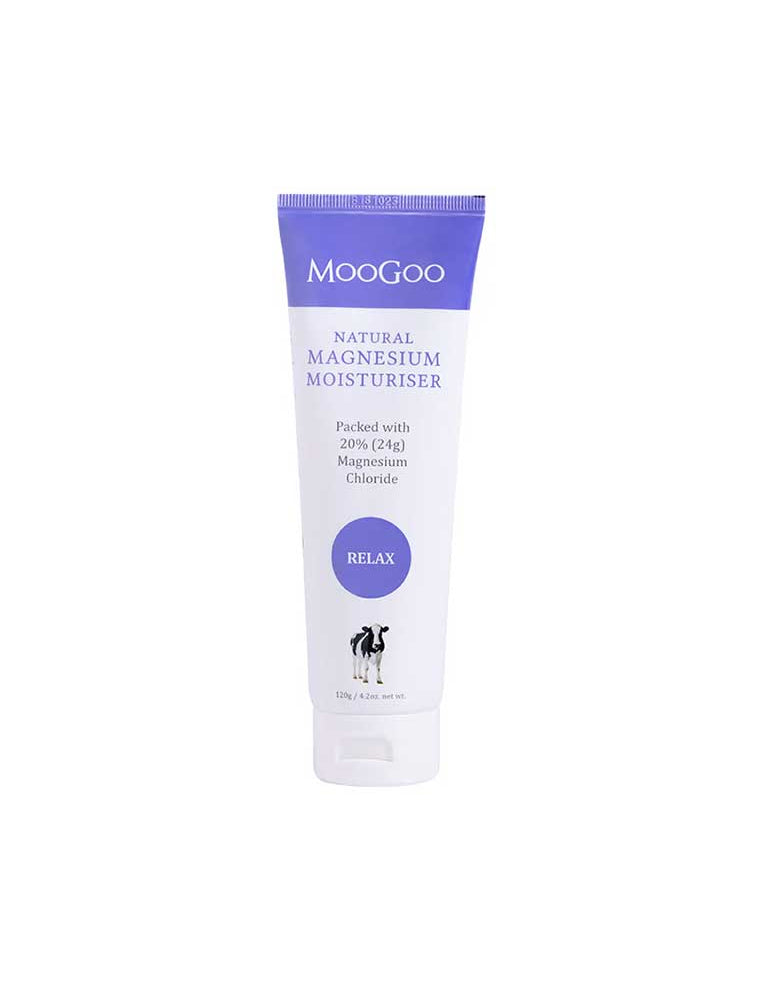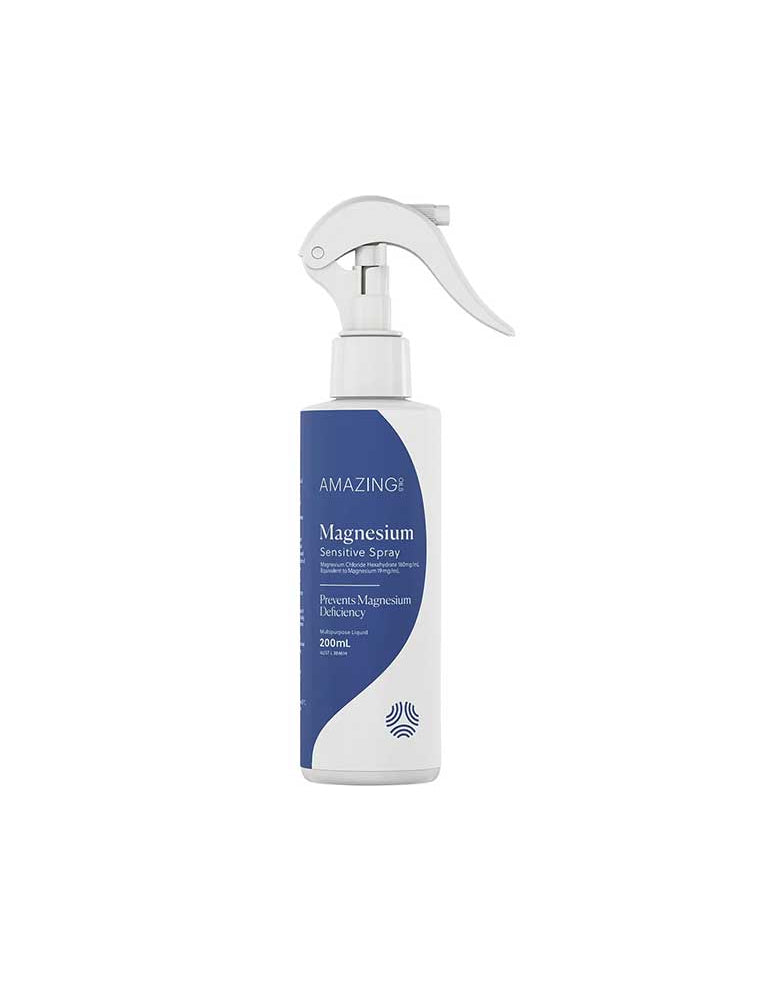
Magnesium and Children: Your Questions Answered
Find answers to common questions about magnesium and children's nutrition and lifestyle considerations.
Popular Q&As for Magnesium and Children
1. What role does magnesium play in children's development?
Magnesium is a mineral involved in children's bone, muscle, and nerve development. This essential nutrient participates in growth processes, energy metabolism, brain function, and immune system activities. Modern diets sometimes contain less magnesium due to soil composition changes and food processing methods. Children who are physically active, experiencing stress, or consuming foods high in sugar may have different magnesium requirements. Growth spurts can coincide with increased nutritional needs, as developing bones incorporate magnesium along with other minerals like phosphate during formation.
2. What are common signs associated with magnesium status in children?
Various physical and behavioural patterns have been associated with magnesium status in children, including growing pains, muscle sensations, sleep patterns, mood variations, concentration, headaches, and digestive function. Parents might observe children having difficulty settling down, experiencing mood fluctuations, or showing particular responses to sugary foods. Some children may display active behaviour, especially after consuming sweet foods, as magnesium is involved in glucose metabolism. Magnesium participates in stress hormone processing, so nutritional status may influence how children respond to everyday challenges.
3. What magnesium products are suitable for different age groups?
Our gentler magnesium products include Baby Calm Balm (5% magnesium chloride) for infants and young children and Magnesium Bath Flakes (use half the adult amount). These topical applications have different characteristics compared to oral supplements for younger children, as they have specific absorption patterns without digestive effects. For magnesium baths, many parents start with a small amount of flakes (approximately 1/4 cup in a full bath) for children over 6 months. It's advisable to test new products on a small area of skin first to observe any sensitivity. As children grow, the amount of magnesium used can be adjusted based on individual comfort and preferences.
4. How is magnesium related to children's sleep patterns?
Magnesium has relationships with the nervous system and muscle function, which may influence how children transition to sleep. A gentle magnesium cream application before bedtime can be incorporated into evening routines, which may help with growing pains and general comfort. Many families include a warm bath with Magnesium Bath Flakes as part of their children's bedtime ritual. Consistent evening practices often help establish regular sleep-wake patterns and signal to the body that it's time for rest, potentially contributing to healthy sleep habits that benefit the whole family.
5. How do families incorporate magnesium into children's routines?
Many families create positive associations with magnesium by making it part of enjoyable activities. Some include a magnesium bath as part of regular bath time, followed by a gentle application of Magnesium Cream. For active children, applying magnesium after sports or physical activity is a common practice related to growing pains and muscle comfort. Some families enjoy a shared foot soak, which can serve as a bonding activity while everyone experiences magnesium absorption. For children participating in sports or experiencing growth spurts, regular magnesium application is a practice many families adopt. Establishing these self-care habits early helps children develop awareness of their own wellbeing as they mature.
When considering any new diet, vitamins or supplements it is important to seek advice from your healthcare professional. ALWAYS READ THE LABEL AND FOLLOW THE DIRECTIONS FOR USE.

Earn Juicy Rewards
Login to earn Juicy Rewards on every order.





